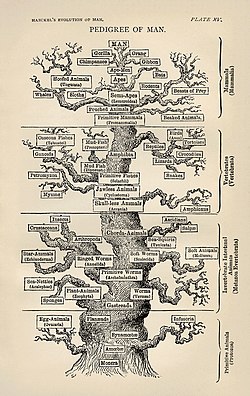Auditory forebrain
Strong conspecific-selective responses have been most consistently demonstrated in neurons of the higher-level structures of the auditory system: The caudomedial neostriatum (NCM), [19] [20] the auditory thalamo-recipient subfield (Field L: L1, L2a, L2b, L3), [2] [21] and the caudal mesopallium (CM: CMM and CLM). [22] [23] [24] [25] NCM and CM have been known to be discussed in conjunction with one another being as they are functionally similar. Recent studies have begun to show that while that is true, CM seems to respond in a manner relative to whether or not the stimulus is personally significant to the bird.
In European starlings, neurons in NCM habituate to a particular stimulus, and "remember" individual characteristics of songs to which a bird was exposed. This indicates that NCM functions in individual recognition, through the strategic recruitment of N-Methyl-D-aspartate receptors (NMDAR) to synapses that receive repeated patterns of excitation. [23] [26] In fact, NMDARs are thought to be the unit broadly responsible for synaptic memory in the central nervous system. NMDARs in NCM neurons, therefore, might be a compelling target for selection when song functions in discrimination among conspecific songs, for neighbor recognition and territorial defense, but NCM is unlikely to play a role in the discrimination of conspecific from heterospecific songs.
In male zebra finches, neurons in Field L and CM do not exhibit a preference for different types of conspecific songs (in contrast to neurons in NCM, and those that participate in the AFP and SMP). Field L and CM neurons do not discriminate between the tutor song, the bird's own song, or individual conspecifics. [27] Instead, they demonstrate a higher-order preference for conspecific song over heterospecific song or other types of sound. [2] [22] When male and female European starlings are trained to recognize conspecific song, there is an associated change in the response of CMM neurons, [28] and female zebra finches experience a reduced ability to discriminate between conspecific and heterospecific song following lesions to the region. [29] However, CMM neurons in females also show increased activation in response to their father's song over a novel conspecific song, demonstrating that this nucleus also participates in some selectivity among conspecific songs in females. [30] [31] [32]
Neurons in both Field L and CM have sophisticated filter properties, selective for both the spectral-temporal modulations and phase relationships of conspecific songs. [24] Furthermore, different neurons are selective for different features of syllables and songs. In Field L, neurons have one of four different tuning strategies—they are either tightly tuned a particular frequency, or they are sensitive to frequency edges, frequency sweeps or combined frequencies. [33] [34] When exposed to natural song as a stimulus, different ensembles of these of neurons respond to different components of sound, and together they demonstrate the ability to perform sensitive discrimination between conspecific and heterospecific syllable types. As in nucleus ovoidalis, the spectral-temporal filter properties of Field L and CM neurons are a function of the particular ion channels and receptor proteins driving their synaptic dynamics. The complex and sophisticated tuning of these higher order processing centers for conspecific sounds may rely on the integrated inputs from the entire ascending auditory pathway, from the hair cells through the thalamus and forebrain, but this challenging synthetic question remains to be investigated.


